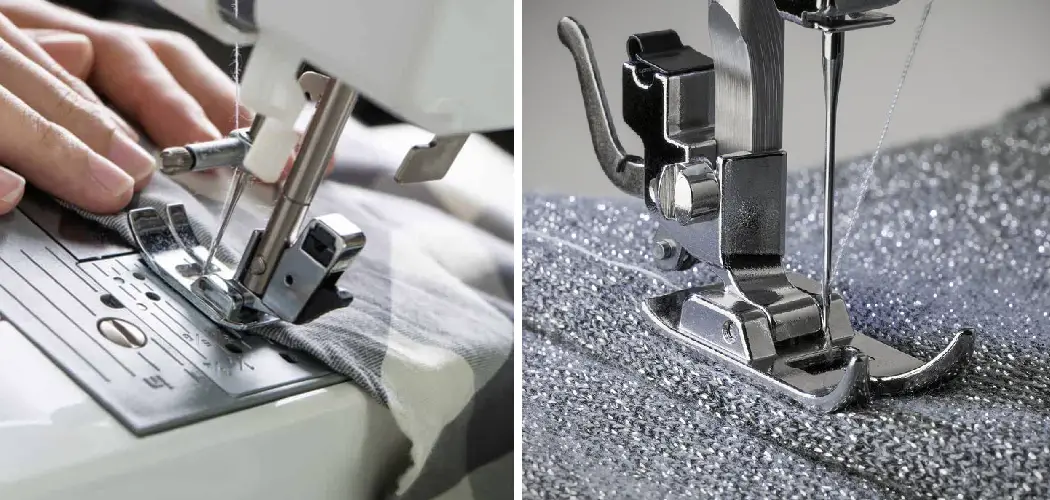Are you passionate about sewing but feel unsure of how to sew knits fabrics? If so, then you’ve come to the right place. Whether you’re an experienced seamstress wanting to expand your skills and repertoire or someone new to the craft who is eager to learn more, this blog post will provide all the tips, tricks, and tools necessary for achieving successful results when working with knits.
From selecting the optimal type of thread and needles through troubleshooting common stitching problems as they arise—by taking a few simple steps in setting up your workspace correctly before getting started—we’ll cover it all! So grab your needle and thread (or maybe just some scissors) and let’s get started on our journey into mastering knit fabric construction!
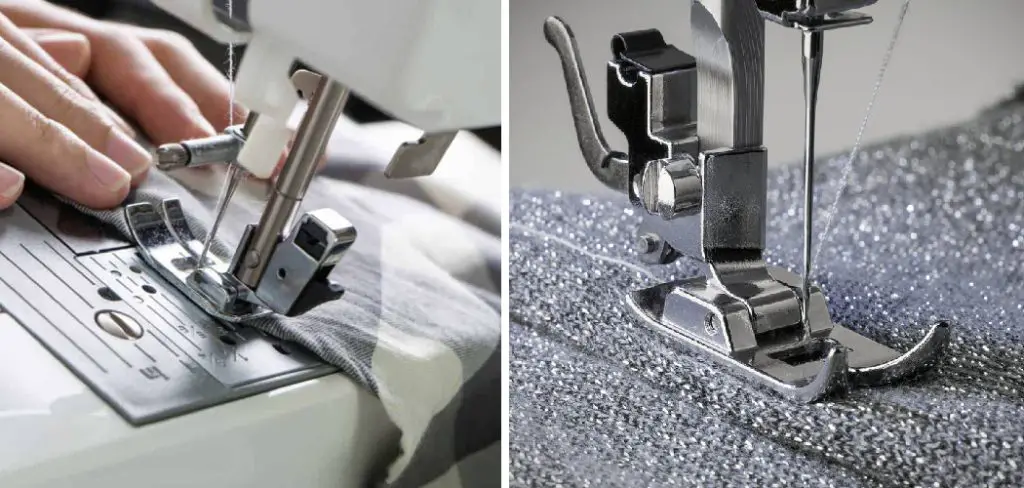
What Are Knits?
Although the term ‘knit’ is often used to describe a type of fabric, it’s actually a stitching technique that can be applied to many different types of fabrics. The stitches form loops which are then interlocked in such a way that they remain connected and flexible—allowing for greater ease of movement as well as a soft drape.
Each successive row of stitches is typically worked in the opposite direction from the row below it, creating a three-dimensional effect.
Knits can be made from both natural and synthetic fibers (such as acrylic, polyester, nylon, wool, cotton, or linen). Depending on the yarn used to create them, knits can range from lightweight and sheer to heavy and bulky. They are also available in an array of colors, textures, patterns, and weights—providing plenty of options for DIY projects.
Step-by-Step Guidelines on How to Sew Knits
Step 1: Preparing Your WorkSpace
Before you begin sewing, it’s important to make sure your workspace is properly set up. Set up a comfortable chair with good lumbar support and a table that will give you enough space to maneuver the fabric while you sew. Make sure your machine is in good working order and has all necessary tools such as scissors, pins, thread, needles, and a seam ripper.
Step 2: Selecting the Right Thread
For best results when sewing knits, you’ll want to use either an all-purpose or polyester thread. All-purpose is great for lighter fabrics as it’s strong and has the least amount of stretch. A polyester thread is slightly more elastic than all-purpose and is best for heavier fabrics. Choosing the right thread is key to achieving successful stitching and long-lasting results.
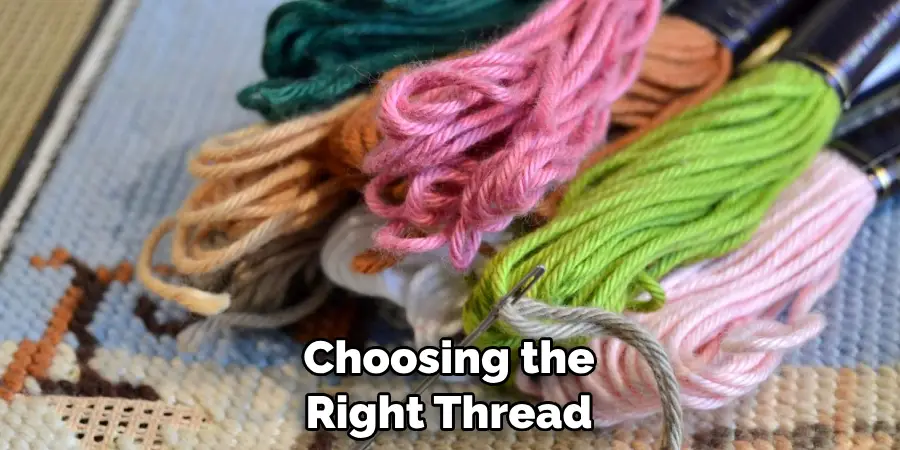
Step 3: Choosing the Right Needles
When sewing knits, it’s important to use the correct needle size as different fabrics require different types of needles. For lightweight fabrics such as cotton jerseys or rayon lycra, a ballpoint or stretch needle works best. For heavier fabrics such as sweatshirts or fleece, a universal or jeans needle is best suited. You’ll also want to select the appropriate needle size—the larger the number, the thicker the fabric.
Step 4: Stitching Up Your Seams
When stitching up seams on knits, you have two main options: a straight stitch or a zigzag stitch. A straight stitch provides good seam strength but can cause stretching in the fabric.
A zigzag stitch is less likely to stretch out but provides less seam strength and can be visible from the right side of the garment, so use it sparingly. For best results, use a slightly longer stitch length than you would when sewing non-knits.
Step 5: Finishing Up
Once your seams are sewn, it’s time to finish them off. To help prevent raveling and make the edges look neat and polished, use a serger or an overlock stitch. If you don’t have access to a serger, you can use a zigzag stitch or a stretch stitch on your sewing machine instead. Lastly, press your seams with a pressing cloth and steam iron to help smooth out the fabric.
Following these simple steps will help you get the most out of your knit fabric and ensure a successful outcome. Now that you know how to sew knits, why not get creative and start sewing up some fun projects? With the right tools and a little bit of knowledge—you can be an expert knitter in no time!
Additional Tips and Tricks to Sew Knits
1. Use a walking foot on your machine to help keep the layers of fabric from shifting while sewing.
2. Make sure you use the right type of needle for the job. A universal or ballpoint needle works best for knits as it has a rounded tip that won’t cut into and damage the material.
3. As with any sewing project, it is important to take your time and test out small pieces of fabric before sewing the full project. This will help you make sure that everything is fitting together correctly and that you are achieving your desired look.
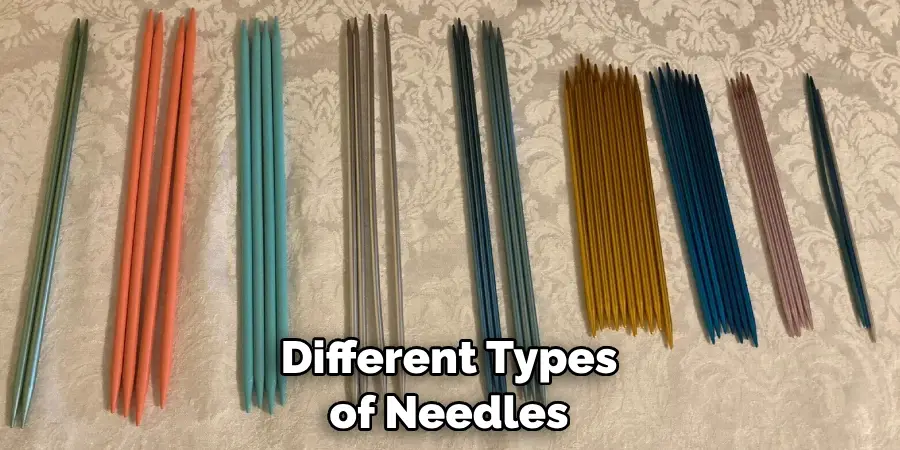
4. Use a stretch stitch on your machine for any seams that need to have some give or flexibility, such as side seams on pants or sleeves on shirts. This will help the garment to have a comfortable fit and move with you.
5. If you are using a pattern, make sure that the grainlines on the pattern pieces match up with those on the fabric so that your finished garment hangs correctly.
6. Staystitching is an important step for knits! This will help keep curved edges from stretching out or getting distorted while you’re sewing them together.
7. Don’t be afraid to experiment with different stitches and techniques. Knits are a great material to play around with as they can easily be taken apart and re-stitched if needed.
8. When hemming knits, use an overlock stitch or a double needle for best results; this will help keep the fabric from curling or stretching out.
9. If you’re sewing a garment that has multiple layers, use a stabilizer between them to help the seam stay put. This is especially important when working with slippery fabrics like rayon or chiffon.
10. Finally, always finish your seams with an overcast stitch as this will help the fabric from fraying and give your garment a professional look.
These tips and tricks will help you to sew knits with confidence and achieve professional-looking results. Whether you’re making a casual t-shirt or an evening gown, the techniques above will help take your knit garments from homemade to high-end!
Things You Should Consider to Sew Knits
Sewing knits is a great way to make fashionable and comfortable garments. But before you begin, there are some things you should consider:
1. Make sure you use the right type of needles for your fabric. Ballpoint needles work best for sewing knit fabrics since they have rounded tips that will not snag or damage the fabric as you sew.
2. Stretch your fabric before sewing. Knits can shrink and lose their shape if you don’t stretch them first. To do this, pull gently along the length of the fabric until it’s taught, then let it sit for a few minutes to relax again.

3. Choose an appropriate stitch setting on your machine. You should use a straight or zigzag stitch for most knits. Make sure the length of the stitch is not too long, otherwise your seam will be too weak.
4. Use a walking or roller foot on your machine to help feed multiple layers of fabric evenly as you sew.
5. To make sure all seams stay strong, use 50/50 polyester thread and secure the ends with a backstitch.
6. When pressing knit fabrics, use a press cloth and the lowest steam setting to avoid stretching or damaging them.
7. Finally, use a decrease stitch for hems or any areas that need extra reinforcement. This helps ensure your seams will stay strong even after washing and wearing.
With these considerations in mind, you’re now ready to start sewing knits and creating fashionable garments!
Precautions Need to Follow for Sewing Knits
It is important to take certain precautions when sewing knits in order to get the best results. Here are some of the most important steps you need to take:
1. Choose the right needle size and type for your project. Generally, a ballpoint needle should be used for knit fabrics as it will not puncture through the fabric but instead slip between the fibers. The size of the needle you use should match the weight and type of fabric – for example, a lightweight knit will require a smaller needle than a heavier one.
2. Use a narrower stitch length when sewing knits. This will help keep your seams from stretching out and becoming misshapen over time. Aim for stitches that are between 2-3mm in length for the best results.
3. Consider using a walking foot when sewing knits, especially if you are working with slippery fabrics like rayon or viscose. This type of foot ensures that both layers of fabric feed through the machine at an even rate, preventing shifting and puckering.
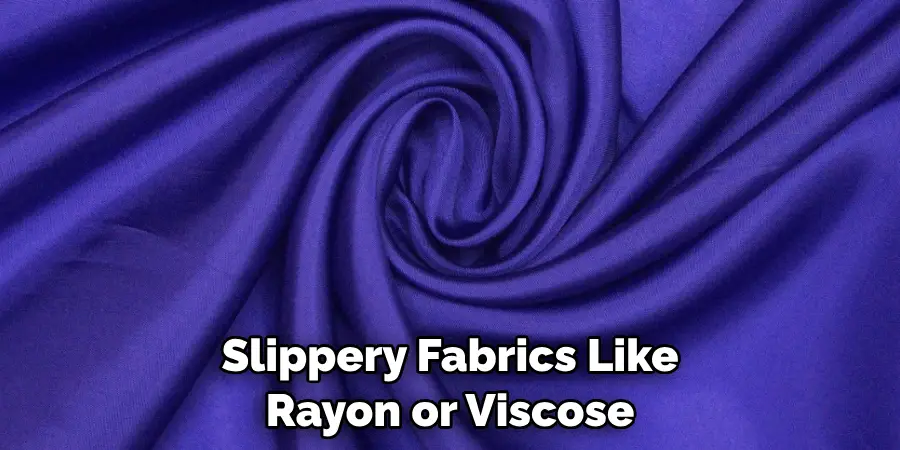
4. Use stabilizers to help hold your seams in place. Stabilizers such as interfacing, tear-away stabilizer, or fusible webbing can be used on both sides of the fabric to prevent stretching and help give your garments extra support and structure.
5. Use a serger for finishing seams when sewing knits. A serger will help keep seams from fraying over time and will also give you a more professional finish. Be sure to use the correct type of thread for your project – generally, polyester or wooly nylon thread is best for knits.
6. Press seams flat with a pressing cloth when sewing knits. This will help keep them from becoming misshapen over time and will also help prevent your fabric from stretching out.
7. Test your stitch on a scrap of fabric before sewing knits. This will help ensure that you are using the right needle size and type, as well as the correct stitch length and tension settings.
Following these precautions will help ensure that your garments look professional and last for years to come. With a few simple steps, you can sew knits with confidence and achieve beautiful results.
Frequently Asked Questions
What is the Best Needle for Sewing Knits?
A ballpoint or stretch needle is ideal for working with knit fabrics. Ballpoint needles have a slightly rounded tip that helps prevent them from snagging on loops of fabric, while stretch needles are designed to penetrate through layers of fabric more easily and reduce skipped stitches. Both types will help you achieve a smooth, professional-looking finish.
What is the Difference Between a Serger and a Sewing Machine?
A serger, also known as an overlocker, is used to finish the raw edges of the fabric with speed and precision. It uses multiple threads to create an overcast stitch that helps prevent fraying and unraveling. In contrast, a sewing machine is used to sew together pieces of fabric. It utilizes one or two threads and creates either straight stitches or decorative patterns.

What Fabric Types are Best Suited for Knit Sewing?
Knits are stretchy fabrics that are made from interlocking loops of yarn. There are many types of knitted fabrics, including jersey, ribbed, interlock, French terry, and fleece. All of these materials are great choices for knit sewing projects since they have plenty of elasticity.
What Types of Stitches Should I Use on Knit Fabrics?
The best stitch type to use when sewing knits is a zigzag stitch. This stitch form is strong enough to hold the fabric together and flexible enough to accommodate any stretching or movement that may occur. You can also use a straight stitch with a length of two millimeters or less. This will allow the stitches to stretch with the fabric and provide extra durability.
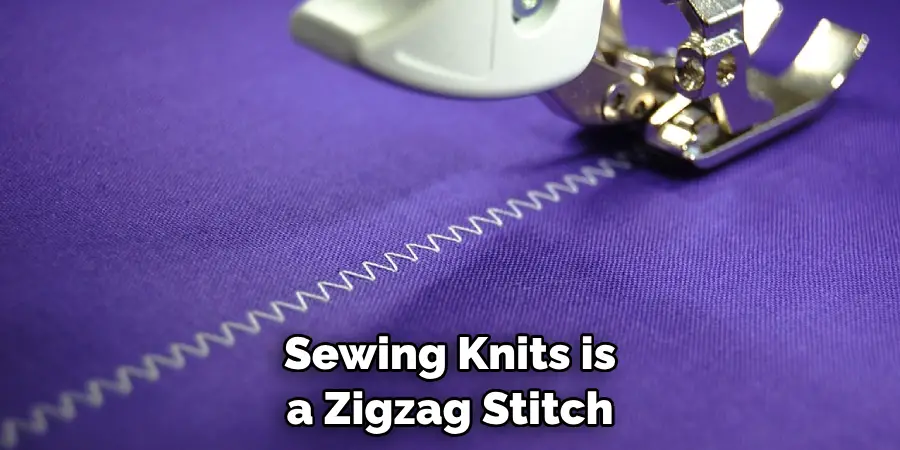
Conclusion
All in all, knowing how to sew knits can help you create stylish, comfortable garments that will last a long time. With the right fabrics and tools, as well as some practice and patience, you’ll be able to create professional-looking pieces with ease. So give it a try today – you won’t regret it!

